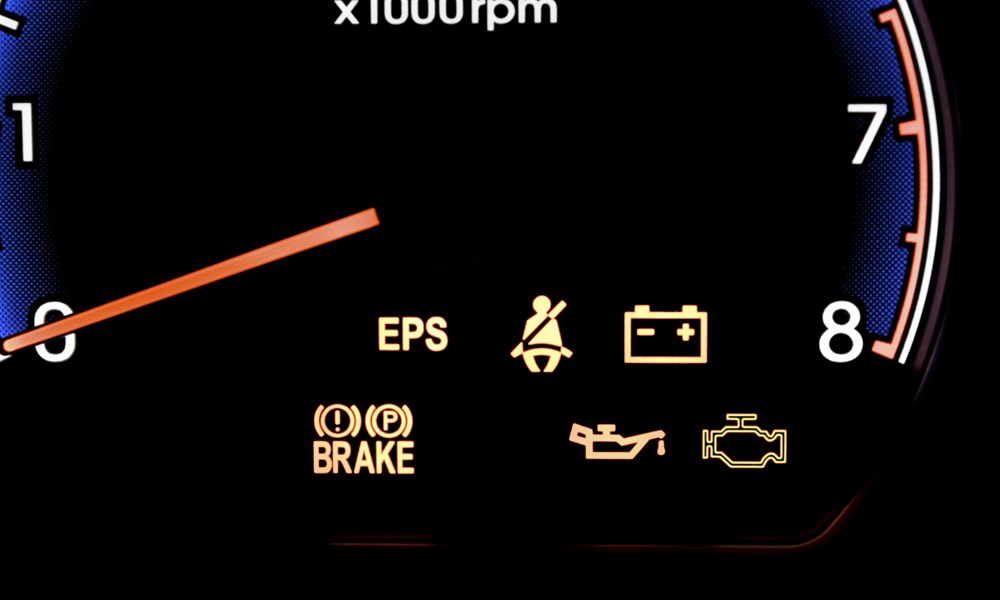Understanding Dashboard Indicator Lights

Dashboard indicator lights are one of the simplest safety devices with which your car is equipped. Put quite simply, when a light is illuminated, then the car is trying to tell you that something is probably wrong. This should be a cue to consult your nearest service department as soon as possible. If you continue to ignore an illuminated indicator, then there's a very strong possibility that you could be making a simple repair far more serious—and you could be putting your passengers' and other road users' safety at risk. Here is Hall Mazda Virginia Beach's guide to understanding what some of the important dashboard indicator lights mean.
It's important to note that when you first turn the key in the ignition, the chances are that most of the dashboard indicator lights will come on and stay on for a few seconds. This is perfectly normal and can be ignored. You should only be concerned when the lights come on while you are driving and/or when they stay on.
Of course, the dashboard indicator lights in your car will vary from one model to another, but there are a number of lights that are common to most cars.
A light showing an image of a little oil can indicates that oil pressure in the engine is low. If illuminated, you should check the oil level immediately. Driving any distance with insufficient oil can seriously damage your engine.
Look out for a light showing a picture of a battery (denoted by the plus and minus symbols). This suggests that the car battery isn't charging properly. There could be a number of reasons for this, but if left unresolved, then there's a very real risk that you will eventually break down.
The image of a temperature gauge will normally appear in red. This indicates that the engine is overheating. You need to pull over and call for assistance, as any further driving could cause serious damage.
There is also an engine warning light, which is normally yellow and shows the rough image of a combustion engine. This can mean that there is a problem with the engine management system (as appropriate). You can probably drive a short distance to your local service department, but you should get it checked as soon as you can.
A light showing an exclamation mark and/or the word “BRAKE” or “PARK” normally means that the parking/emergency brake is still active. This should come off as soon as you release the brake. If it doesn't, it means that there is probably a problem with the brakes or the electrical system. That's your cue to get your car to the service department as quickly as possible. Other warning lights are usually self-explanatory, too. For instance, EPS refers to your electronic power steering and ABS refers to your brakes.
Some lights are also displayed primarily for information. A yellow semi-circle and dashed line tells you when your fog lights are illuminated. A blue semi-circle with three dashes warns you that your headlights are on full beam. These are quite useful if you arrive in a well-lit destination and forget to turn those lights off.
As a rule, you should never ignore an illuminated dashboard warning light. If you are in doubt, contact the service department at your local dealership and ask for advice.
